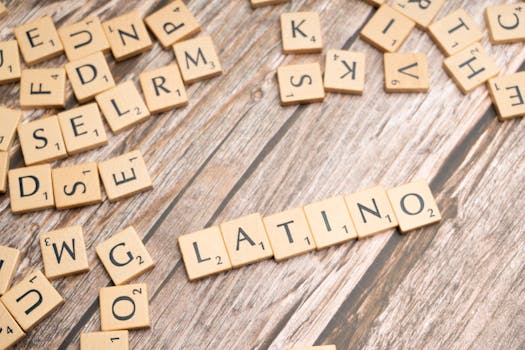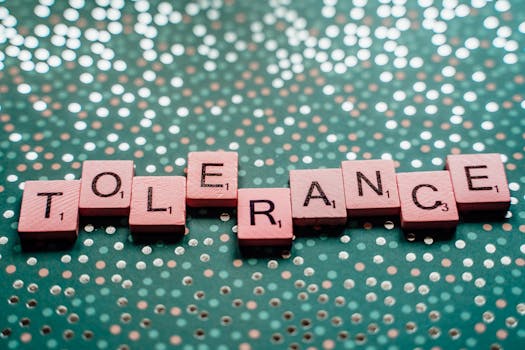
Preserving Endangered Languages: A Vital Step Towards Cultural Heritage Conservation
Takeaways: The preservation of endangered languages is crucial for maintaining cultural heritage. By understanding the significance of language in cultural identity, recognizing the threats to linguistic diversity, and supporting revitalization efforts, we can contribute to a richer, more diverse world.
The Importance of Language in Cultural Identity

When a language becomes endangered or extinct, the associated cultural knowledge and heritage also face the threat of disappearing. This loss not only impacts the community that speaks the language but also diminishes the global cultural landscape. UNESCO estimates that a language disappears every two weeks, taking with it the stories, songs, and traditions that are vital to the identity of its speakers.
Endangered languages often reflect the ecological knowledge and social practices unique to specific regions. For instance, the vocabulary used by indigenous peoples to describe local flora and fauna can offer insights into sustainable practices and biodiversity. Thus, preserving these languages is critical for cultural heritage and environmental conservation.
The Threats to Linguistic Diversity

Additionally, sociopolitical factors play a crucial role in language endangerment. In some regions, governments may prioritize national languages over indigenous ones, leading to policies that marginalize minority languages. The lack of educational resources and representation in media further exacerbates the situation, making it difficult for younger speakers to maintain their linguistic heritage.
Moreover, the digital divide poses challenges to language preservation. Many endangered languages lack digital resources, making it difficult for younger generations to engage with their linguistic heritage in the modern world. As technology continues to shape our lives, ensuring that endangered languages have a presence in digital spaces is essential for their survival.
Strategies for Language Preservation and Revitalization

Education plays a pivotal role in language preservation. Bilingual education programs that incorporate indigenous languages alongside national languages have proven effective in retaining linguistic skills among younger generations. Schools can serve as cultural hubs, where students learn not only the language but also the associated cultural practices, stories, and traditions.
Technology can also aid in the preservation of endangered languages. Digital platforms, mobile apps, and social media can be leveraged to create resources and communities for language learners. Initiatives like the Endangered Languages Project provide a space for documenting and sharing information about endangered languages, fostering global awareness and collaboration.
Moreover, partnerships between governments, NGOs, and local communities can amplify preservation efforts. By recognizing the importance of linguistic diversity, stakeholders can collaborate on policies and programs that support language revitalization. Funding for language programs, resources for educators, and community-driven initiatives can significantly impact the survival of endangered languages.
Conclusion







